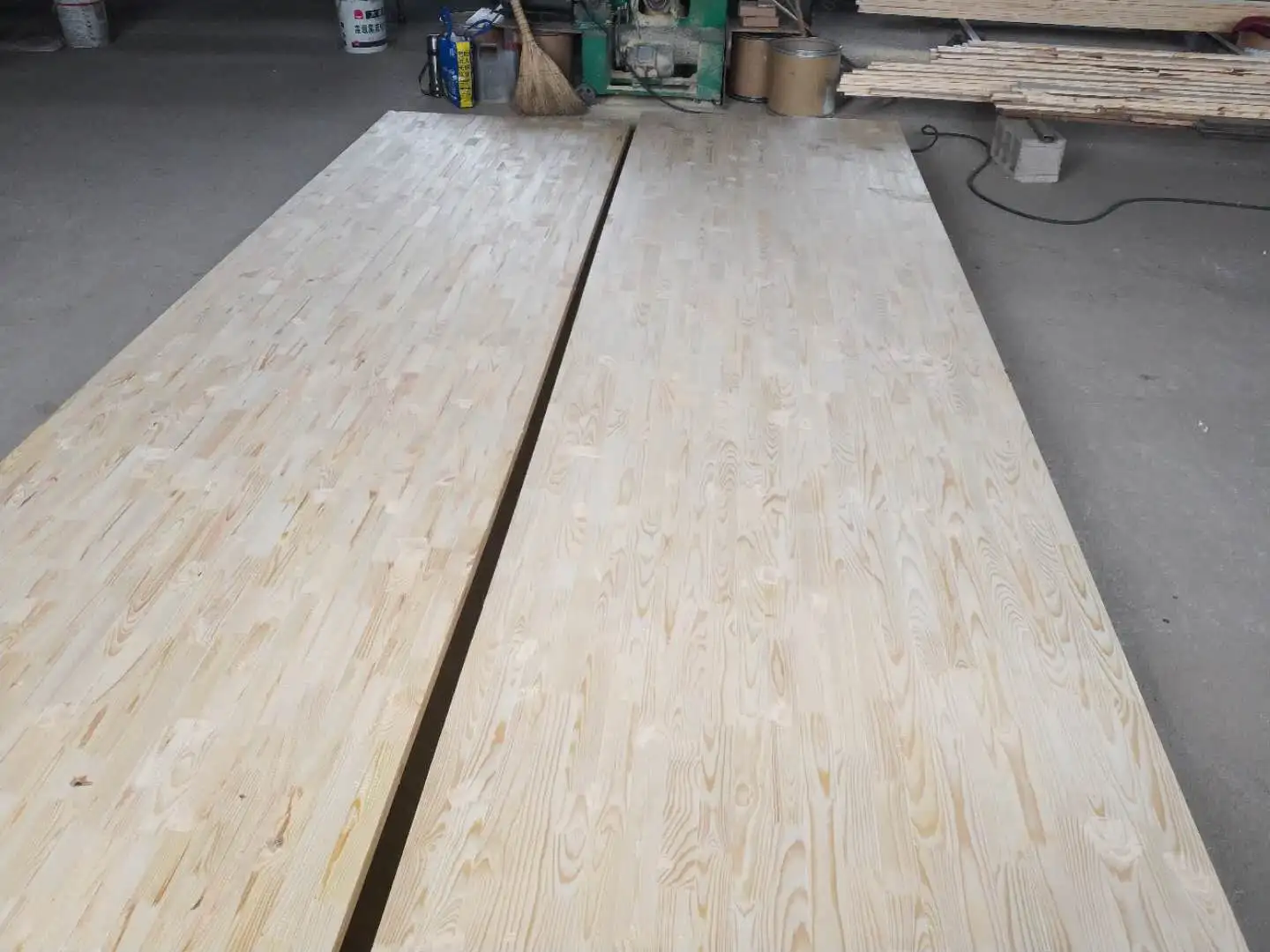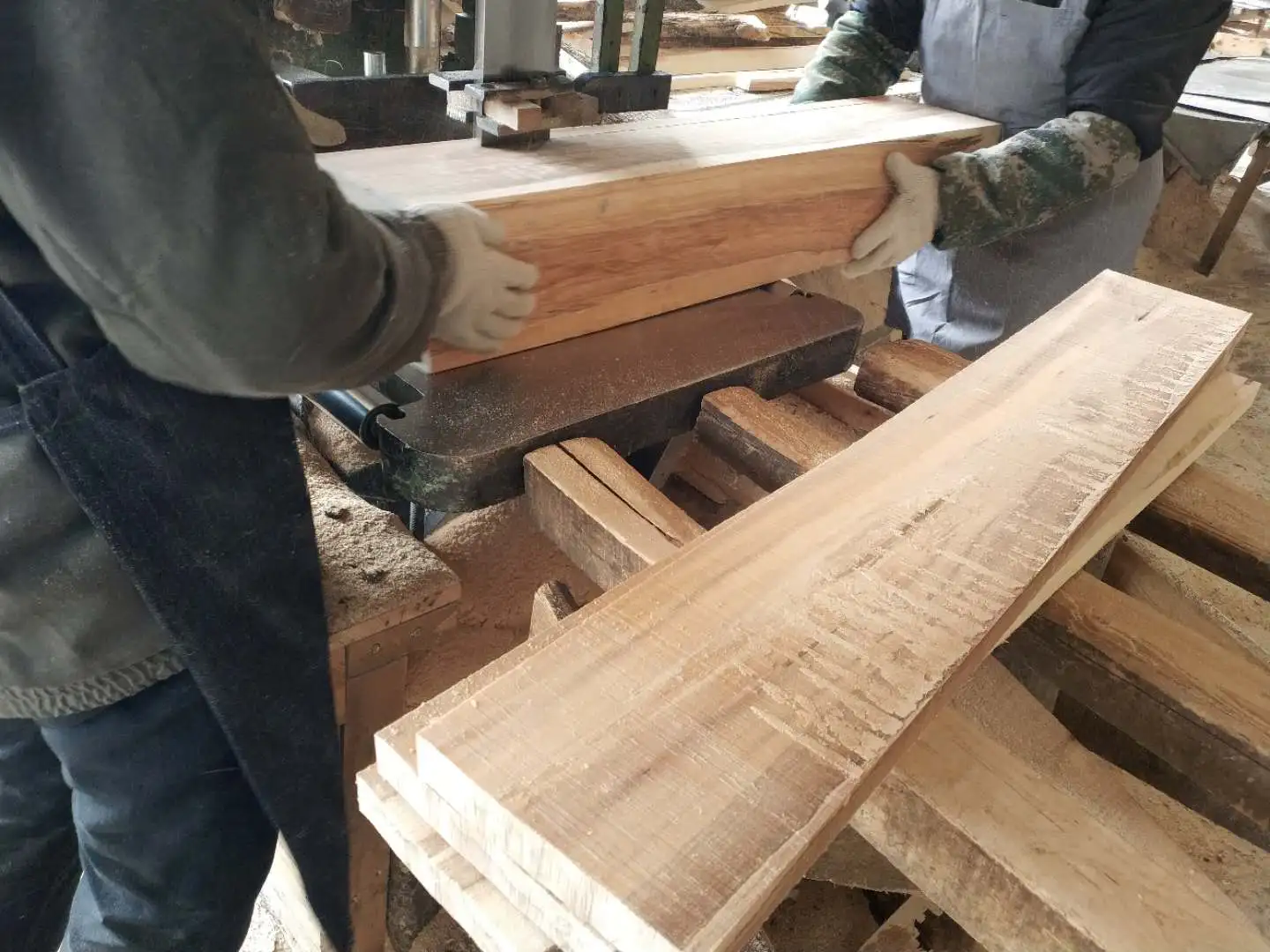The Price Gap in Sports Wood Flooring: A Deep Dive into High-End Products and the Technology Behind Them
When it comes to sports wood flooring, not all products are created equal. While the market offers a wide range of options, the price discrepancy between budget and high-end products is substantial. The significant difference in price often raises the question: What makes high-end sports wood flooring so much more expensive? In this article, we’ll explore the key elements—such as wood selection, coating technology, and manufacturing processes—that contribute to the premium pricing of top-tier products. By understanding these factors, buyers can make informed decisions about their flooring investments.

1. Wood Selection: The Foundation of Quality
The quality of the wood used in sports flooring plays a crucial role in the overall price. High-end wood types, such as Maple, Oak, and Beech, are often sourced from sustainably managed forests and carefully selected for their density, durability, and uniform grain. Maple is a top choice for sports flooring due to its ability to withstand heavy impacts, while Oak and Beech offer exceptional resilience and long-term performance.
Premium wood products are also kiln-dried to exacting standards. This process ensures that the wood retains minimal moisture content, reducing the risk of warping or cracking over time. The quality of the raw material and the precision involved in selecting it can dramatically affect the final cost of the flooring.
2. Advanced Coating Technology
One of the biggest factors driving the cost of high-end sports wood flooring is the application of advanced coating technologies. UV-cured coatings, for example, provide a high level of durability while offering superior resistance to wear, scratches, and moisture—an essential feature for high-traffic areas like gymnasiums and sports courts.
Moreover, coatings on premium products often include nano-coatings and polyurethane finishes that increase the floor’s ability to resist staining, moisture, and chemical damage. These advanced coatings also enhance the wood’s natural appearance, giving it a glossy, smooth finish that remains consistent over time.
High-end products may also feature multiple layers of finish for added protection. This multi-layer approach ensures the wood can withstand repeated use, exposure to sweat, spills, and the general wear and tear of high-intensity sports activities.
3. Manufacturing Processes: Precision and Durability
Manufacturing high-end sports wood flooring is a highly specialized process. For premium products, the planks are often engineered with cross-layered construction (a method of bonding multiple layers of wood) to provide enhanced stability. This process prevents the wood from expanding or contracting with changes in humidity and temperature, ensuring the flooring maintains its shape and durability for years.
Moreover, the milling and finishing processes used in high-end products are executed with precision. For example, the edges of each plank are meticulously beveled to ensure seamless fitting and a visually appealing, uniform appearance. The milling process may also incorporate advanced techniques such as laser-guided precision cutting to create accurate and consistent dimensions.

4. Customization and Design Flexibility
High-end sports wood floors often offer greater customization options. From the choice of wood species to the finish, color, and even the type of protective coating, premium products provide buyers with more flexibility to tailor the flooring to specific needs or aesthetic preferences.
Additionally, higher-end flooring may include unique patterns or designs that are not available with more budget-friendly options. These specialized designs can add an element of sophistication to the environment, whether it’s a gym, basketball court, or indoor arena.
5. The Long-Term Value Proposition
While high-end sports wood flooring can come with a hefty initial price tag, it’s important to consider the long-term value. Quality flooring often has a longer lifespan due to its superior materials, coatings, and manufacturing methods. Over time, the need for repairs or replacements is significantly reduced, making the initial investment worthwhile in the long run.
Moreover, premium flooring provides better performance in terms of shock absorption, traction, and overall comfort, reducing the risk of injuries during sports activities. It can also offer lower maintenance costs due to its enhanced durability and resistance to damage from high foot traffic, moisture, and spills.
The price difference between budget and high-end sports wood flooring is influenced by several technical factors. From the selection of premium woods and advanced coating technologies to the precision involved in manufacturing and design, every element contributes to the final cost. While high-end products may come with a higher price, they offer significant long-term value, durability, and performance benefits that make them a worthwhile investment for sports facilities, gyms, and arenas.